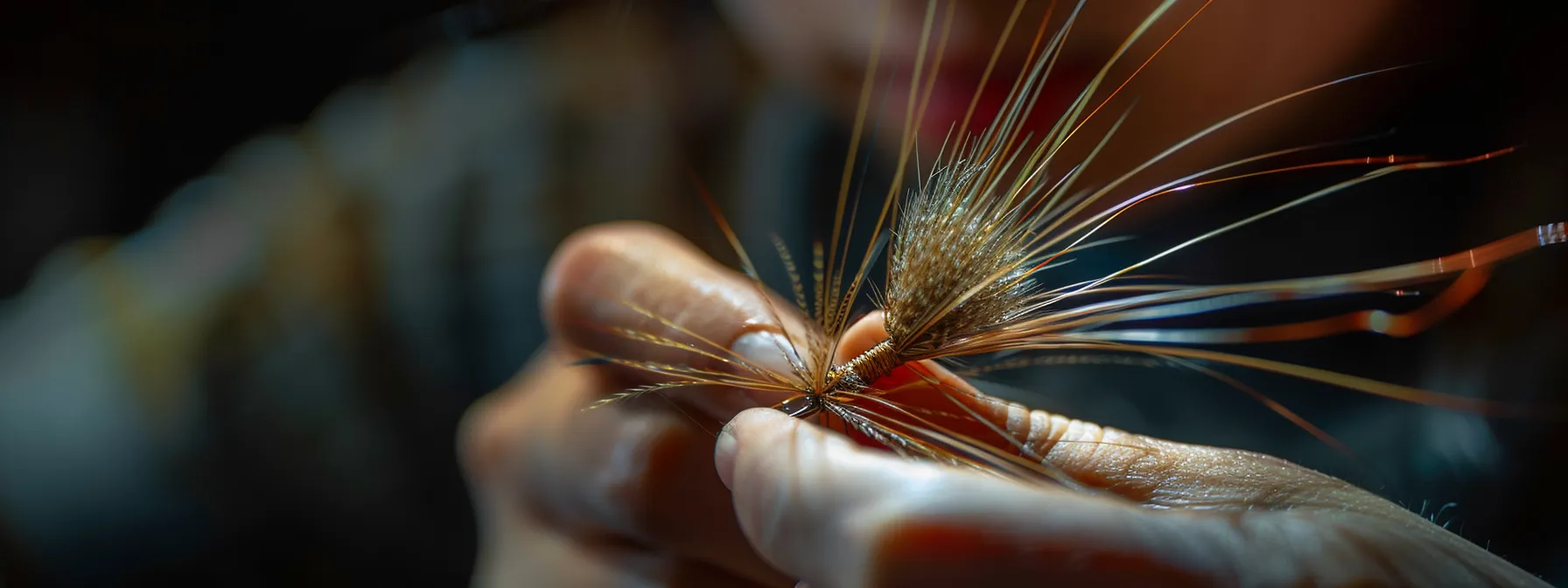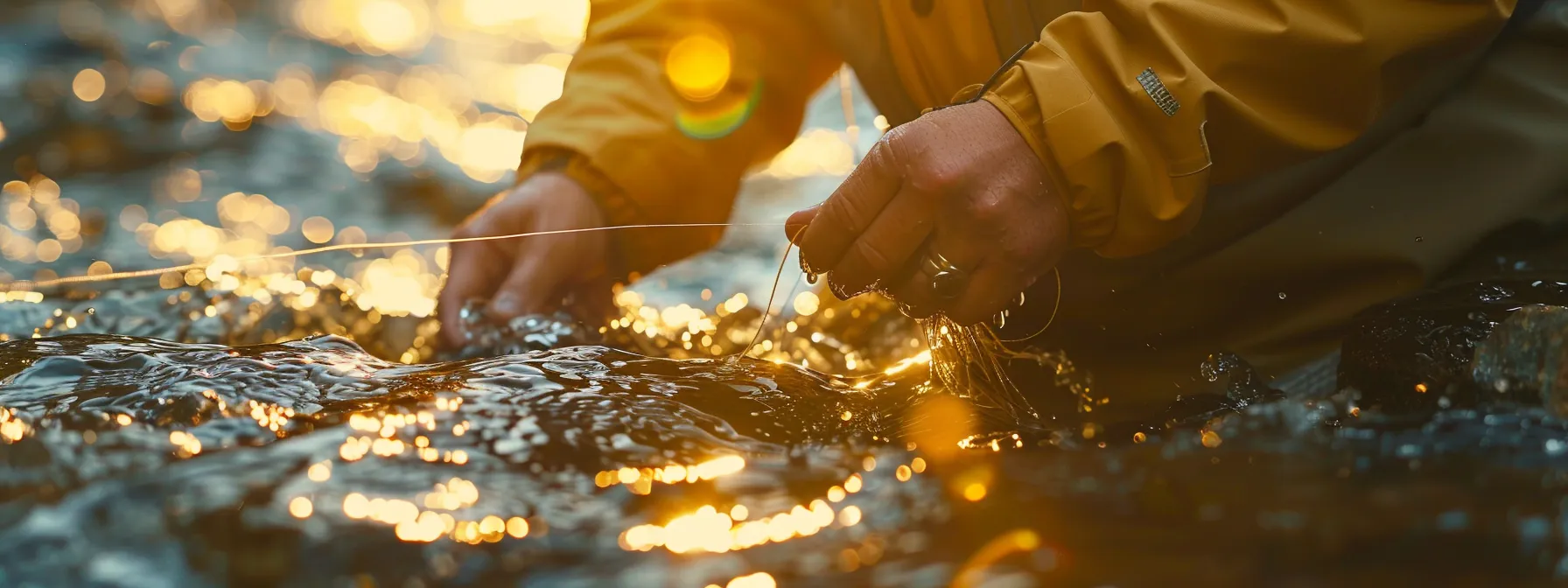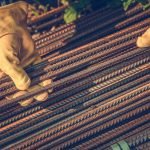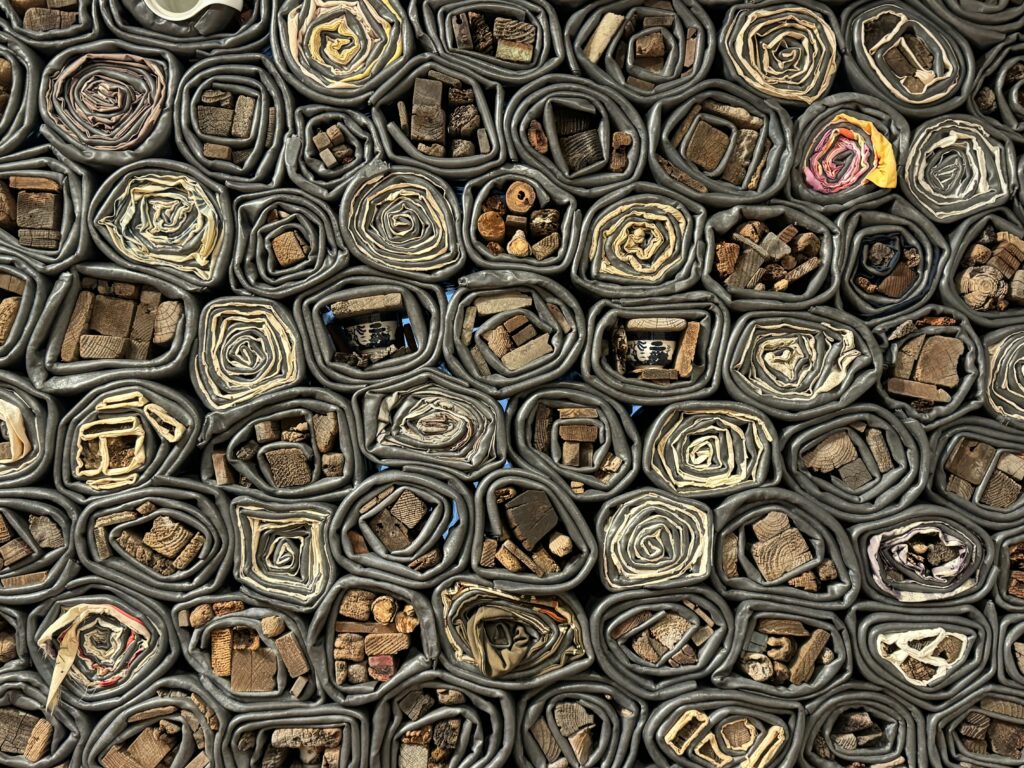The Importance of Using Quality Fly-Tying Materials
Fly fishing is an art form where the mastery of mimicking aquatic insects requires not just skill but also the use of quality materials. The success of a fly fisherman often hinges on the lure’s ability to deceive, and this deception starts with intricately tied flies. Precision, durability, and aesthetic appeal are all characteristics of well-crafted flies. To achieve these traits, one must begin with the best fly-tying materials available. Below, we’ll explore the numerous benefits and reasons why investing in high-quality supplies can make all the difference in your fly tying and fishing expeditions.
The Role of Quality in Fly Tying Success

When tying flies, the quality of materials plays a critical role in both the process and the end result. High-grade materials offer a level of consistency and functionality that can’t be matched by lower-tier options. Seasoned fly tiers understand that premium feathers, hooks, and threads are less prone to breaking or fraying, which translates into a smoother tying experience and more reliable flies.
Moreover, materials of superior quality can help in accurately imitating the movement and texture of live insects in the water. The right hackle, for instance, can provide the correct amount of buoyancy and motion to make a dry fly irresistible to trout. This attention to detail is what sets a successful artificial fly apart from one that is routinely ignored by fish.
Additionally, the fly tying materials you choose can affect the learning curve for beginners. High-quality materials are more forgiving and easier to handle, increasing the chances that novices will continue to enjoy and progress in the hobby. For many, the initial investment in better materials pays off in rapid skill development and heightened enthusiasm for the sport.
Precision and Performance: How Superior Materials Enhance Fly Patterns

The precision of a fly pattern is paramount to its success, and using quality materials can drastically improve the finesse of the final design. Fine, strong threads allow for tighter wraps and smaller knots, which are often essential in creating realistic and delicate patterns. This kind of precision work is more easily accomplished when one is not battling with subpar materials that could snap or fray under tension.
Performance-wise, the physical properties of high-quality materials can significantly amplify a fly’s appeal. Advanced synthetics and specially treated natural materials can offer enhanced flotation, sink rate, and movement in the water, closely replicating the behavior of live prey. These dynamic qualities increase the likelihood of eliciting strikes from predatory fish.
The Aesthetic Appeal of Flies Tied With High-caliber Materials
The aesthetics of a fly can be just as important as its functionality, as it can greatly influence an angler’s confidence in their fly selection. High-quality materials often come with a more vibrant range of colors and textures, providing the ability to create more visually striking and realistic flies. Additionally, these materials’ rich colors are usually more steadfast, resisting fading when exposed to sunlight or water chemicals.
For many anglers, the act of fly tying is not only a means to an end but also a form of expression. Using materials that offer a variety of hues, dimensions, and textures can turn a simple fly into a work of art. Attractively tied flies also make for impressive additions to any collection, and in some cases, can even become collectors’ items or cherished gifts.
Sustainable Fly Tying: The Impact of Quality on Environmental Conservation

In recent years, the fly fishing community has become increasingly aware of the importance of sustainability in the sport. Environmental conservation efforts encourage the use of materials that are not only long-lasting but also sourced responsibly. Quality materials often come from manufacturers who are conscious of their environmental impact, ensuring that their products do not harm the ecosystems that fly fishers cherish.
Moreover, quality materials are generally more efficient to use, reducing waste during the tying process. Off-cuts of feather, fur, or synthetic materials that are less prone to damage have a better chance of being utilized fully. This efficiency is not just economically favorable for the tier but also environmentally considerate, as there is less discarded material.
Altogether, the benefits of using quality fly tying materials stretch beyond the immediate satisfaction of creating an effective lure. They influence an angler’s performance, contribute to the hobby’s enduring appeal, and align with broader environmental goals. Overall, the pursuit of excellence in fly tying materials not only enhances the fly fishing experience but also reflects a responsible and conscientious approach to the sport.













